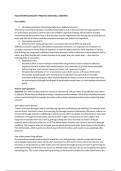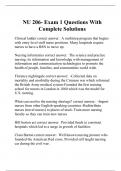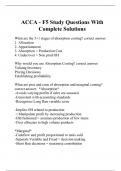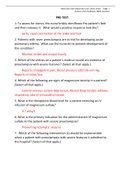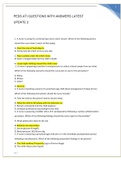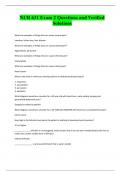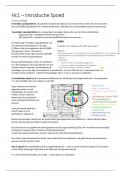Resume
Summary Consumer Behavior (BM01MM) - Focus points + Mock exam
- Cours
- Établissement
Focus points and practice exam questions (incl. answers!) to prep for your CB exam! I took this course last year and studied this + my other summaries and got a 10 for my exam, so no need to worry ;)
[Montrer plus]
